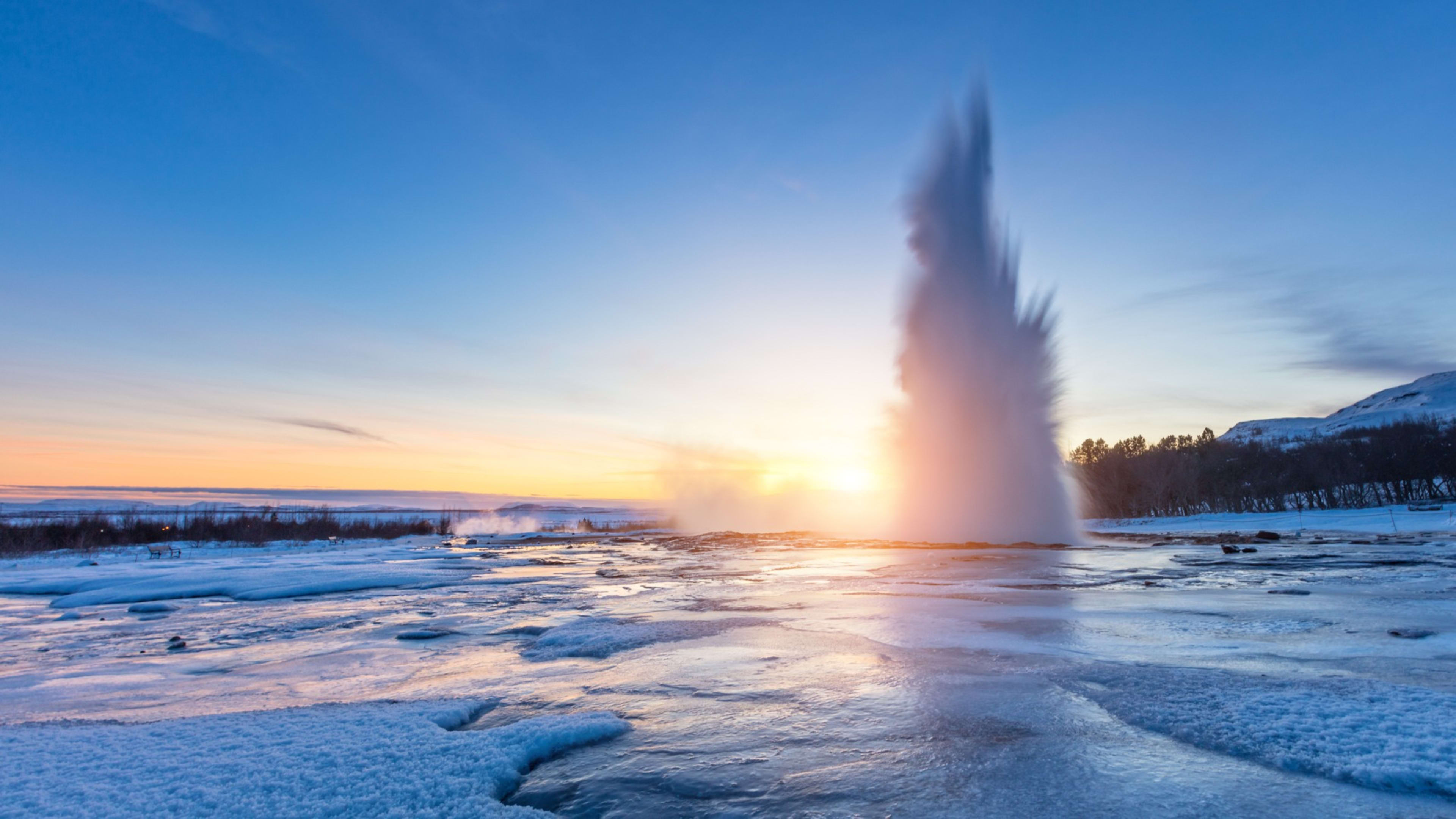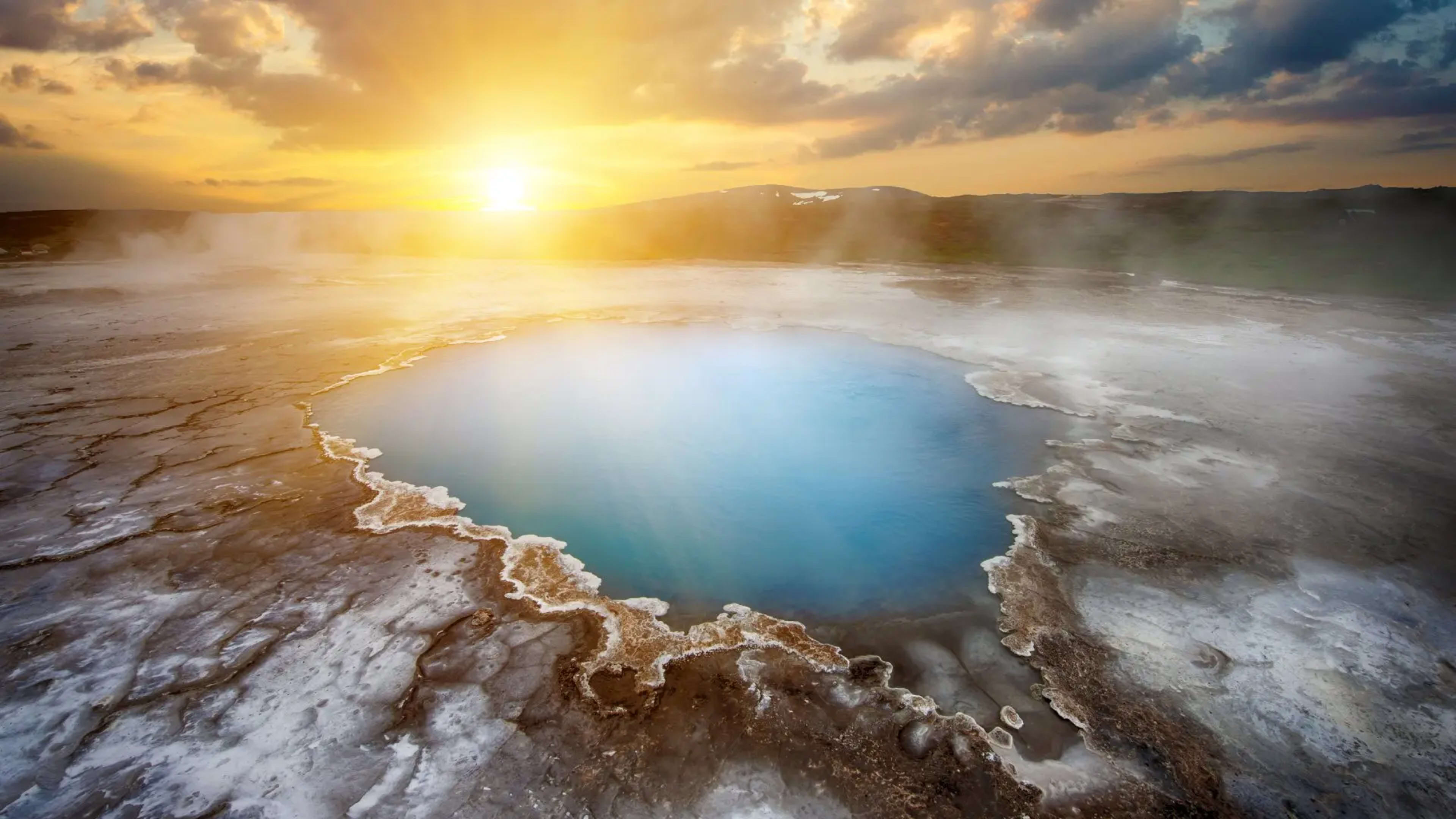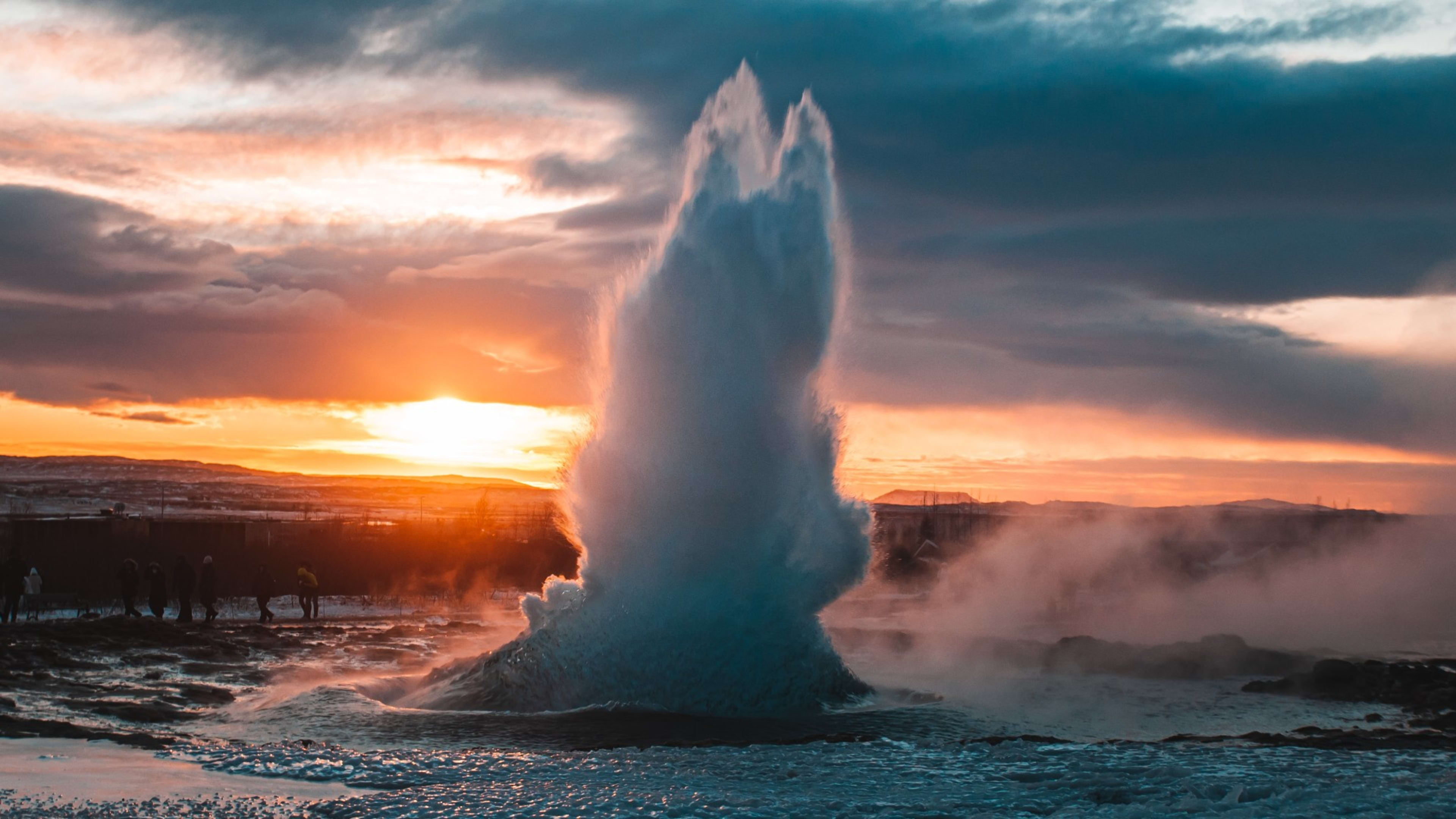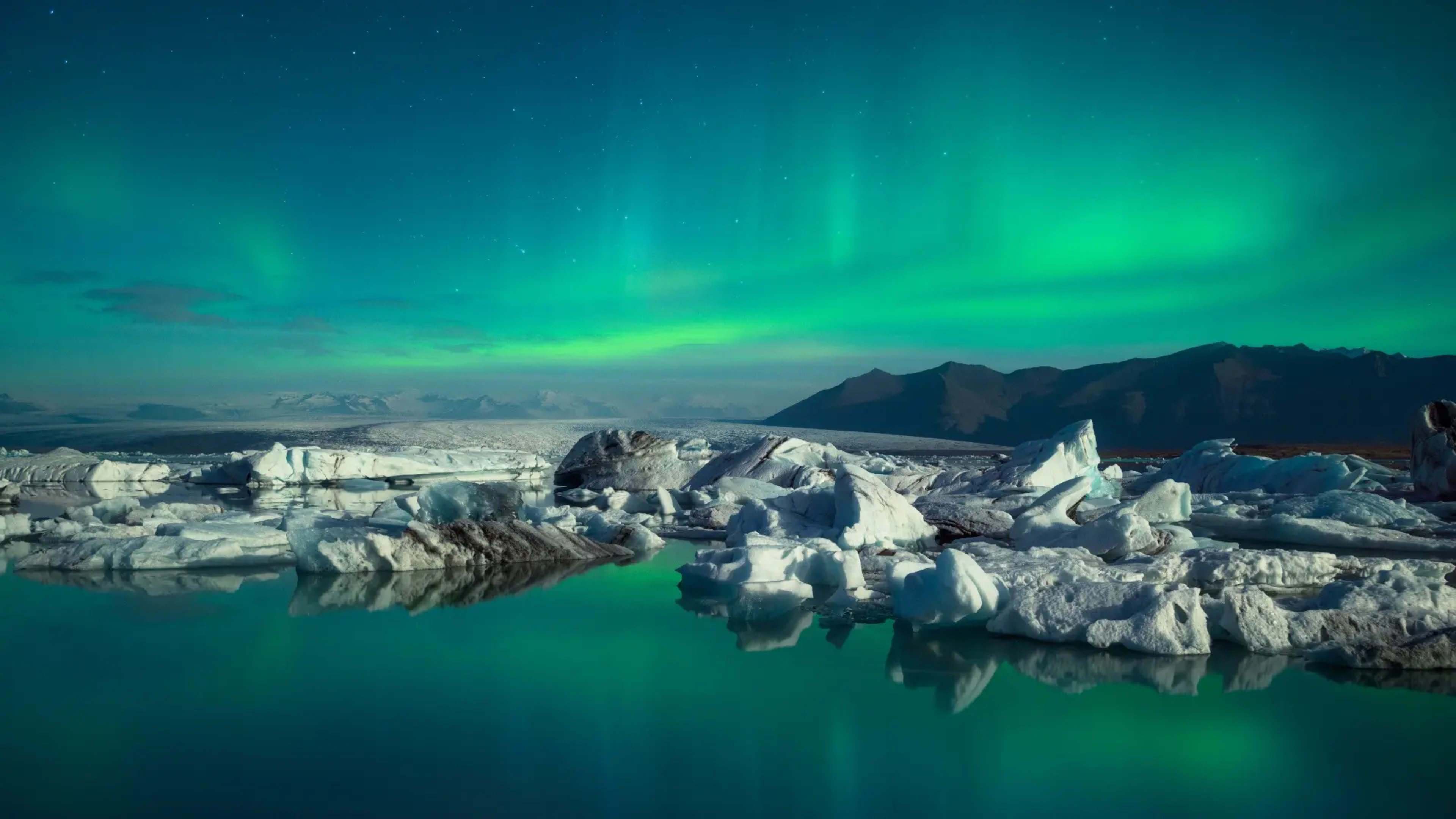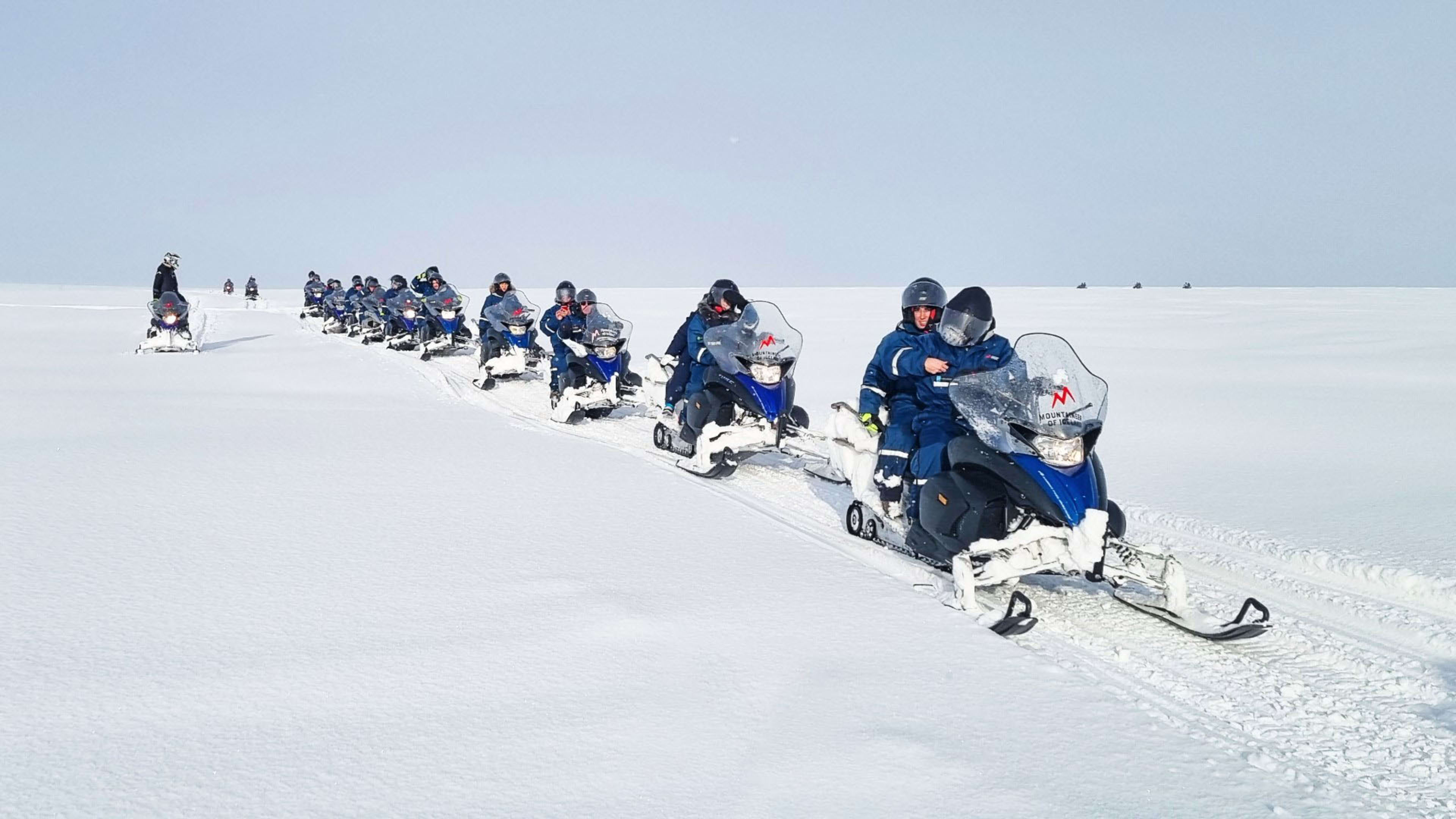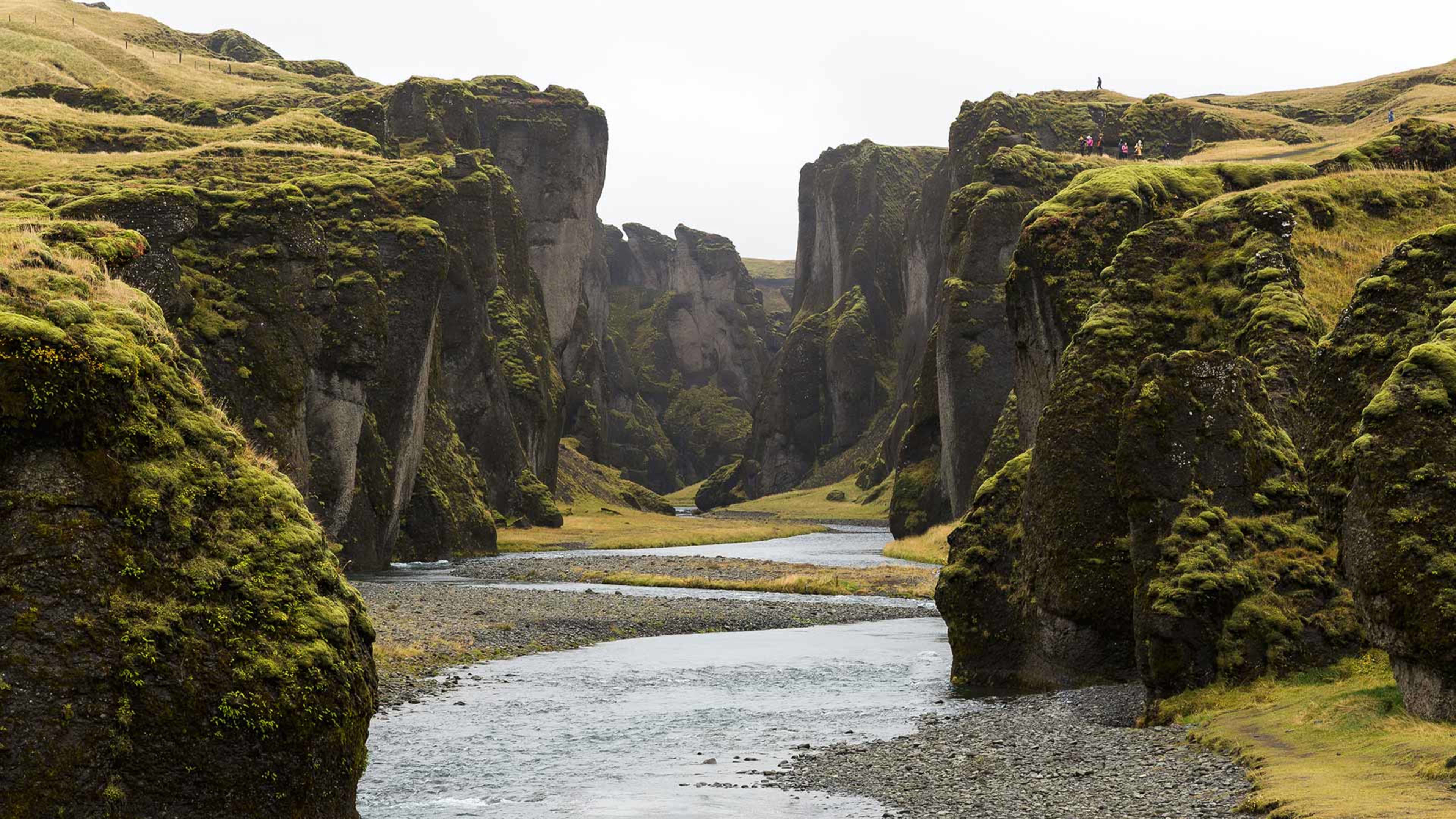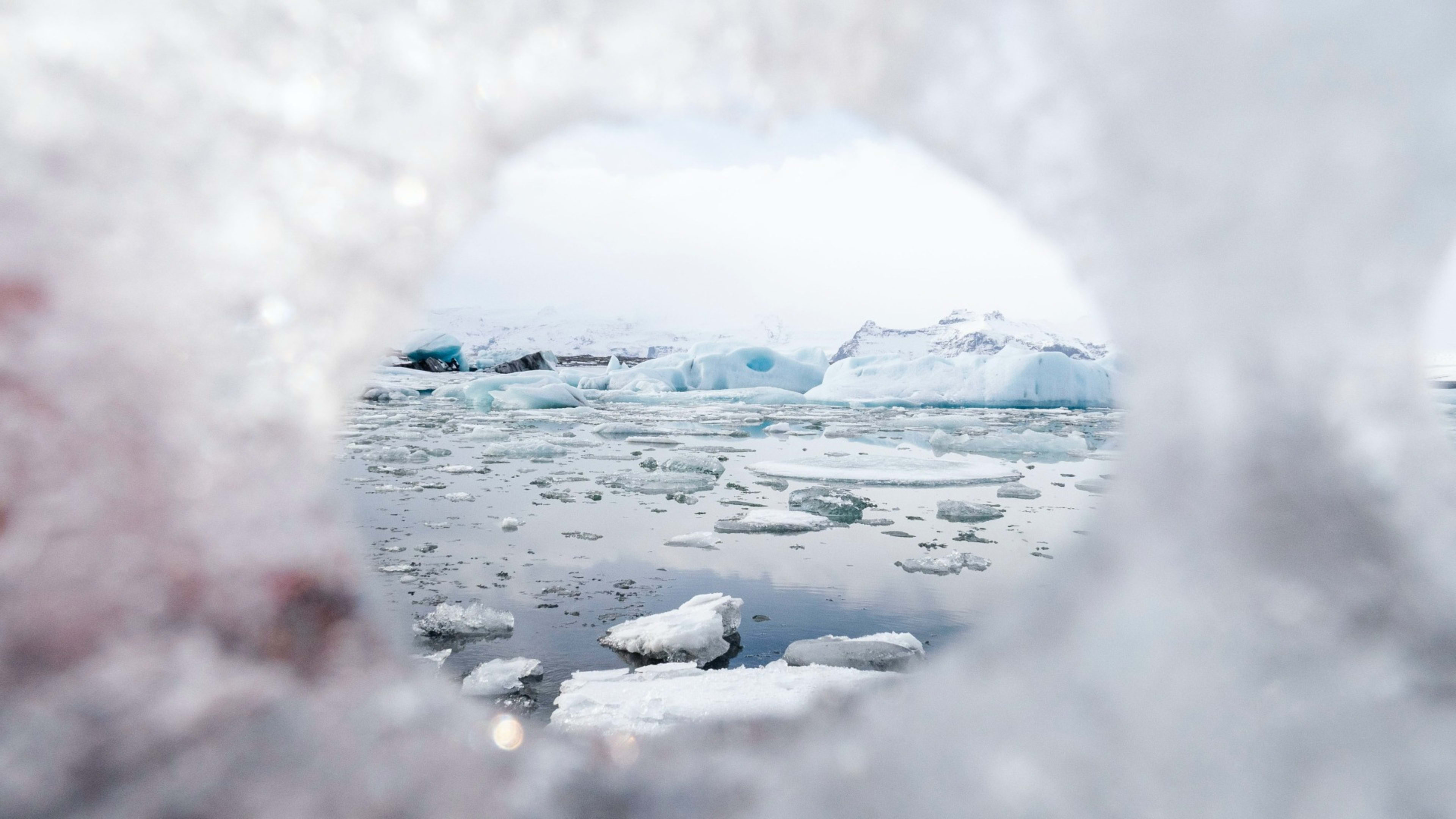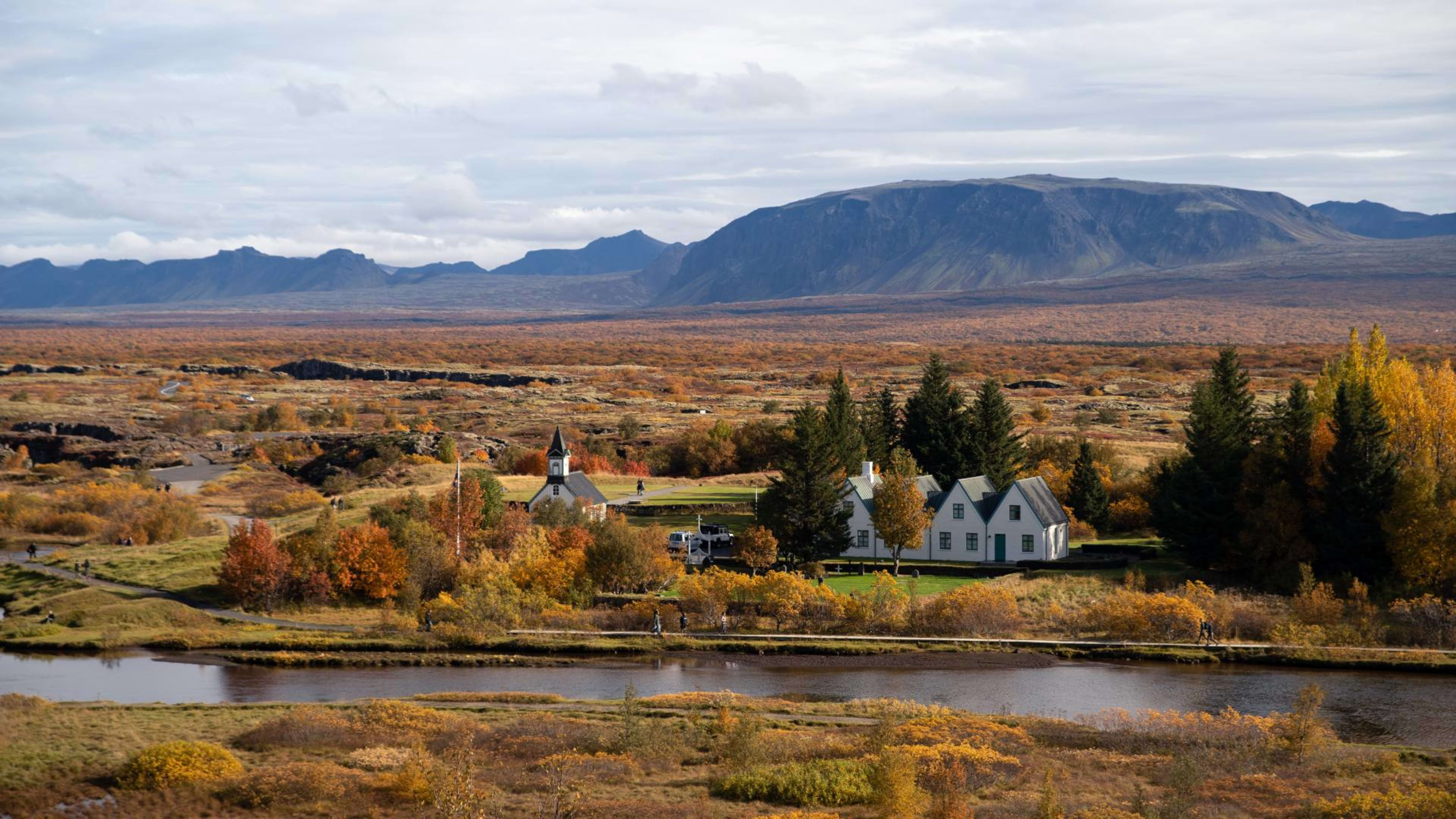Your Complete Guide to Geysir Geothermal Area & Strokkur Geyser
Watching Strokkur erupt into the sky is one of those moments that'll stick with you forever. This incredible geyser at the Geysir Geothermal Area shoots boiling water up to 40 meters (130 feet) high every 5-10 minutes, creating a spectacular display that perfectly captures why Iceland earned the nickname "Land of Fire and Ice."
Located in the Haukadalur valley, about 1.5 hours from Reykjavík, the Geysir Geothermal Area is home to numerous hot springs, bubbling mud pools, and of course, the famous Strokkur geyser. This geothermal wonderland sits right on the Golden Circle route, making it one of Iceland's most visited and iconic attractions.
The area gets its name from the original Geysir (pronounced "gay-zeer"), which actually gave the English language the word "geyser." While the Great Geysir itself rarely erupts these days, its neighbor Strokkur more than makes up for it with regular, reliable performances that never fail to amaze visitors.
Meet Strokkur - Iceland's Most Reliable Performer
Strokkur Geysir is the star of the show at the Geysir Geothermal Area. This faithful geyser erupts approximately every 5-10 minutes, making it one of the most active geysers in the world. Unlike many geysers that are unpredictable, Strokkur gives visitors an almost guaranteed chance to witness nature's incredible power.
What makes Strokkur so special:
- Reliability: Erupts every 5-10 minutes with incredible consistency
- Height: Water shoots 15-40 meters (50-130 feet) into the air
- Duration: Each eruption lasts about 1-2 seconds of pure spectacle
- Accessibility: Easy viewing from multiple angles around the geyser pool
- Year-round activity: Performs regardless of weather conditions
The Science Behind Strokkur's Eruptions
Strokkur's eruptions are powered by Iceland's geothermal energy - the same volcanic forces that created this incredible island. Here's how it works:
Underground, water is heated by volcanic activity to temperatures exceeding 120°C (248°F). As the superheated water rises through narrow rock channels, pressure builds up in the geyser's underground chamber. When the pressure becomes too great, the water explodes upward in a dramatic eruption, releasing steam and boiling water high into the air.
The whole process then begins again, creating Strokkur's reliable cycle that's been entertaining visitors for decades.
The Great Geysir - The Original Geyser
The Great Geysir is the granddaddy of all geysers and the reason we use the word "geyser" in English today. This historic hot spring was first mentioned in historical documents from 1294, making it one of the oldest known geysers in the world.
Geysir's history:
- First recorded: 1294 in Icelandic historical texts
- Peak activity: Could shoot water up to 80 meters (262 feet) high
- Current status: Has been dormant since 2016, with no recent eruptions
- Cultural significance: Gave English the word "geyser"
While Geysir has been dormant since 2016, it historically would spring back to life during earthquakes or periods of increased geothermal activity. Even in its current dormant state, the large pool with its beautiful blue-green color and occasional bubbling is still impressive to see.
Exploring the Entire Geothermal Area
The Geysir Geothermal Area covers several hectares and contains dozens of geothermal features beyond just the famous geysers.
Other Hot Springs and Features
Blesi: A pair of connected pools - one bright blue and crystal clear, the other milky blue due to silica deposits. The temperature difference between the pools creates the different appearances.
Litli Strokkur: Strokkur's "little brother" - a smaller hot spring that occasionally bubbles and steams but doesn't erupt.
Various unnamed hot springs: Dozens of bubbling pools, steam vents, and colorful mineral deposits scattered throughout the area.
Konungshver: The "King's Spring" - a large, clear pool that reaches temperatures around 100°C (212°F).
The Geothermal Area Walking Paths
Well-marked wooden walkways and paths guide visitors safely around the geothermal area. These elevated boardwalks protect both visitors and the delicate geothermal environment.
Walking tips:
- Stick to marked paths for safety - the ground can be unstable
- Allow 30-60 minutes to explore the entire area thoroughly
- Bring a camera with video capability to capture Strokkur's eruptions
- The paths are accessible year-round, though winter conditions may be slippery
Best Photography Tips for Strokkur Geysir
Capturing Strokkur's eruptions requires a bit of strategy since each eruption is brief but spectacular.
Camera Settings and Techniques
Video mode: Many photographers recommend switching to video mode to capture the entire eruption, then extracting still frames later.
Burst mode: If shooting stills, use continuous shooting mode to capture multiple frames during the eruption.
Fast shutter speed: Use at least 1/500th second to freeze the water column in sharp detail.
Focus settings: Pre-focus on the geyser pool since there won't be time to focus during the eruption.
Timing Your Shots
Watch for pre-eruption signs: Strokkur often shows signs before erupting - increased bubbling and a dome-like bulge forming on the water surface.
Be patient: Even though eruptions happen every 5-10 minutes, be prepared to wait for the perfect shot.
Multiple positions: Walk around to different viewing angles - each offers unique perspectives.
Include people for scale: Adding people in your shots helps show the incredible height of the eruptions.
When to Visit the Geysir Geothermal Area
Summer (June-August): Peak season with warmest weather and midnight sun providing excellent lighting conditions. Expect larger crowds but also the best overall experience for families.
Spring/Fall (April-May, September-October): Fewer crowds and dramatic weather can create stunning atmospheric conditions. The contrast between steam and cool air is particularly photogenic.
Winter (November-March): Magical winter setting with snow and ice surrounding the hot springs. The steam creates incredible visual effects in cold air, and you might catch the Northern Lights overhead.
Weather independence: Strokkur erupts regardless of weather conditions, making this a reliable attraction year-round.
The Golden Circle Connection
The Geysir Geothermal Area is the second stop on Iceland's famous Golden Circle route, which also includes:
Þingvellir National Park: UNESCO World Heritage site where you can walk between two continental plates.
Gullfoss waterfall: The "Golden Falls" - one of Iceland's most powerful and beautiful waterfalls.
This makes the geothermal area perfect for day trips from Reykjavík or as part of a comprehensive Golden Circle tour.
Combining with Other Attractions
Same day options:
- Complete Golden Circle tour (6-8 hours total)
- Gullfoss waterfall (10 minutes away)
- Secret Lagoon hot springs (20 minutes away)
- Kerið volcanic crater (30 minutes away)
Multi-day combinations:
- South Coast tours extending the Golden Circle
- Highland adventures accessing interior Iceland
- Ring Road segments as part of longer journeys
Visitor Facilities and Services
Geysir Center
The modern visitor center provides essential services and information about the geothermal area.
Facilities include:
- Restaurant serving traditional Icelandic cuisine
- Gift shop with local souvenirs and Geysir-themed items
- Restrooms and basic amenities
- Information displays about geothermal activity
- Free parking for all vehicles
Dining options:
- Traditional Icelandic lamb and fish dishes
- Light meals and snacks
- Coffee and pastries
- Outdoor seating with geothermal area views
Safety at the Geysir Geothermal Area
The geothermal area is generally very safe for visitors, but the extreme temperatures require respect and caution.
Important safety reminders:
- Never touch the water - temperatures exceed 100°C (212°F)
- Stay on marked paths and behind safety barriers
- Supervise children closely - the colorful pools can be attractive but dangerous
- Be aware of wind direction - steam and spray can cause minor burns
- Don't throw anything into the geothermal features
Emergency information:
- Emergency services: Call 112 (Iceland's emergency number)
- First aid available at the visitor center
- Clear signage throughout the area in multiple languages
Getting to Geysir Geothermal Area
The geothermal area is located in Haukadalur valley, about 106 kilometers (66 miles) from Reykjavík.
Driving directions:
- Take Route 1 (Ring Road) east from Reykjavík
- Turn north on Route 35 toward Geysir
- Follow signs to Geysir - well marked throughout the route
- Total driving time: approximately 1.5 hours
Tour options:
- Golden Circle day tours from Reykjavík
- Self-drive packages with flexible timing
- Private guided tours for personalized experiences
- Multi-day tour packages combining multiple regions
How Long to Spend at Geysir
Minimum visit: 30-45 minutes to see Strokkur erupt and explore the main area.
Recommended visit: 1-2 hours allows time for photography, exploring all the geothermal features, and enjoying the visitor center.
Photography enthusiasts: 2-3 hours to capture multiple eruptions from different angles and experiment with various techniques.
Golden Circle day tour: Usually includes 1-1.5 hours at the geothermal area as part of the full route.
Geysir Area Throughout History
The Geysir Geothermal Area has been fascinating visitors for over 700 years. Early travelers wrote detailed accounts of the Great Geysir's massive eruptions, and the area became one of Iceland's first tourist destinations.
Historical highlights:
- 1294: First written records of geysir activity
- 1845: First known photograph of a geyser taken here
- Early 1900s: Tourism begins as travelers seek out natural wonders
- 1935: Strokkur artificially reactivated after being dormant
- Today: Over 1 million visitors annually experience this geothermal wonder
Sustainable Tourism at Geysir
The popularity of Strokkur Geysir and the Geysir Geothermal Area brings both opportunities and challenges for conservation.
How to visit responsibly:
- Follow all marked paths and safety guidelines
- Don't disturb the natural geothermal environment
- Pack out all trash and leave no trace
- Respect other visitors' experiences
- Support local businesses and services
Conservation efforts:
- Protective walkways minimize environmental impact
- Scientific monitoring ensures geothermal system health
- Visitor education promotes responsible tourism
- Revenue from tourism supports ongoing conservation
Book Your Geysir Geothermal Area Adventure
Ready to witness Strokkur's incredible eruptions and explore Iceland's most accessible geothermal wonderland? The Geysir Geothermal Area offers an unforgettable encounter with the volcanic forces that shaped Iceland.
You have the freedom to customize your Iceland adventure exactly how you want it. Include the Geysir area in a classic Golden Circle tour, combine it with South Coast exploration, or make it part of a comprehensive Ring Road journey.
Our local travel team is here if you need help planning the perfect geothermal adventure. With just a 5% deposit, you can secure your spot and start looking forward to experiencing one of nature's most reliable and spectacular shows.
Ready to watch Strokkur shoot boiling water high into the sky? Start planning your Geysir Geothermal Area visit today and prepare to witness the raw power of Iceland's volcanic heart.
